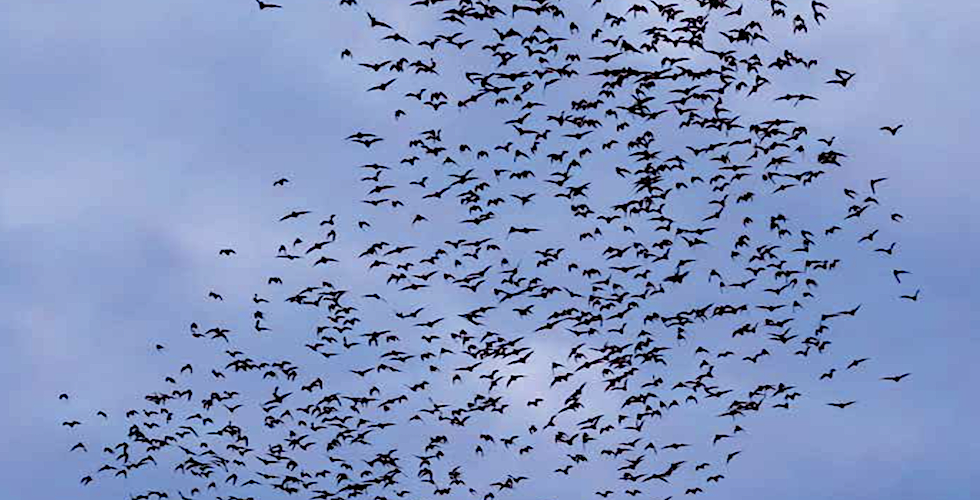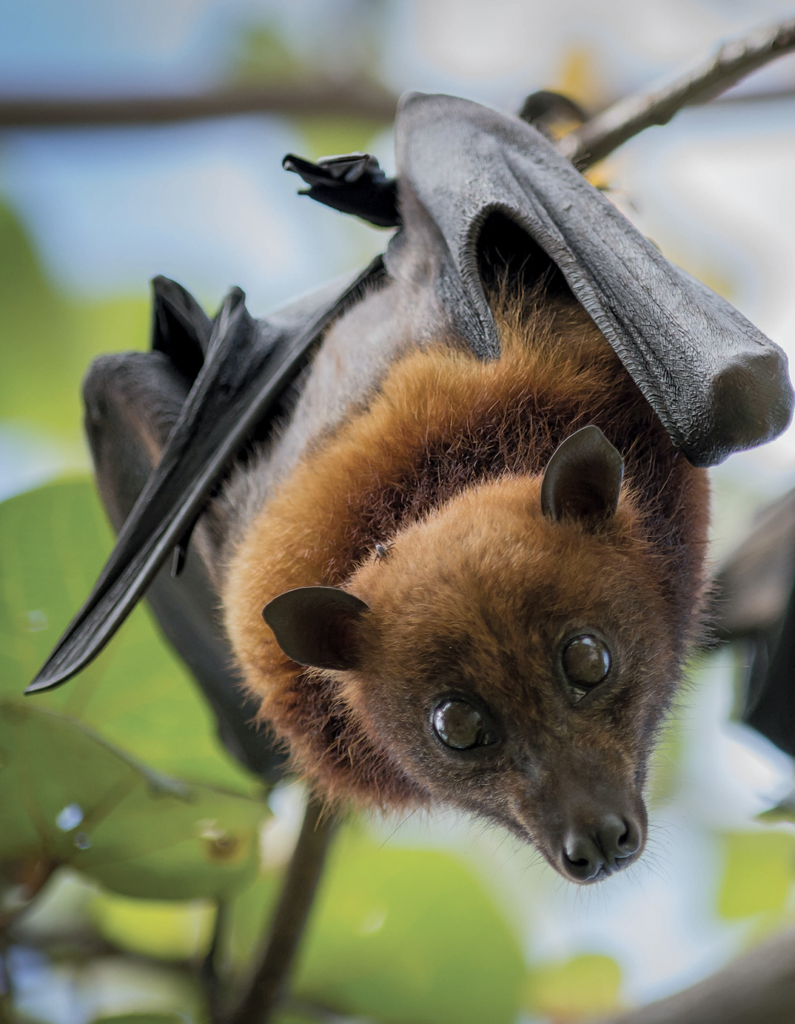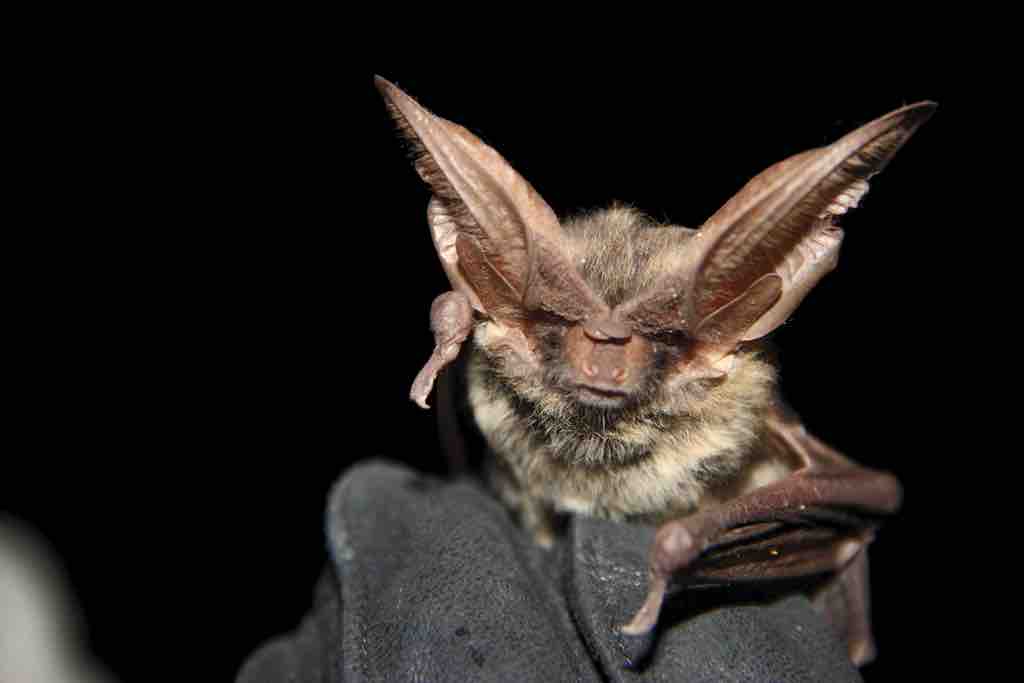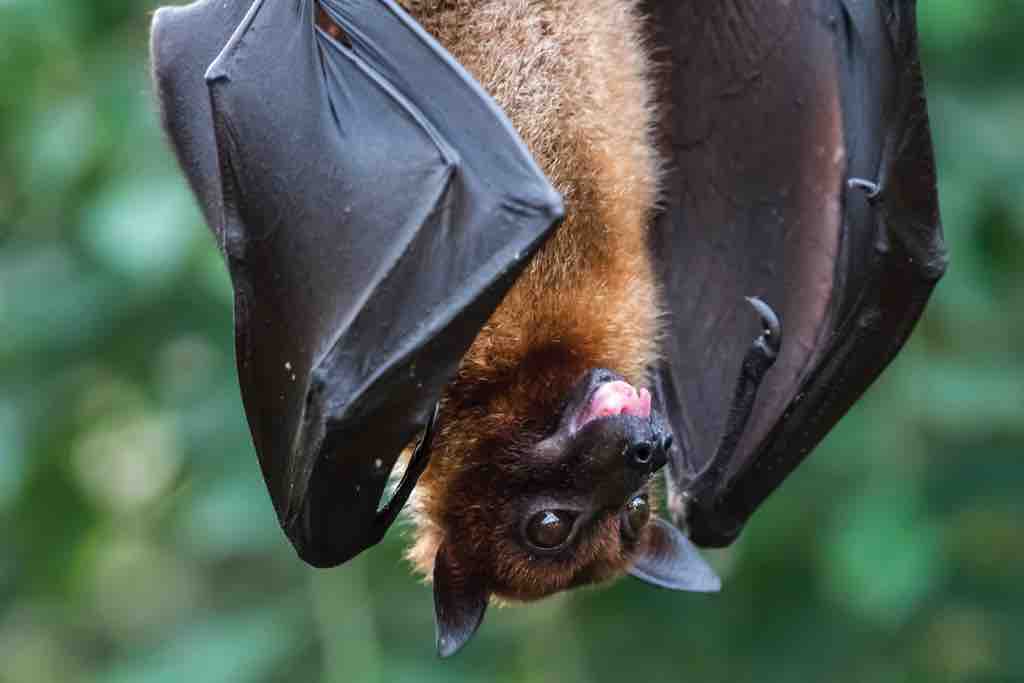
Bat Basics and Myths Debunked
There are about as many myths about bats as there are bat species. Karen Krebbs, author of Bat Basics, debunks the myths and tells you all you need to know about these amazing mammals.

Bats don’t get tangled in human hair. Unlike what you see in the movies, if a bat is flying around your head it is most likely chasing insects, and it knows perfectly well how to avoid your hair.
Bats are not blind. Bats see as well as we do, although they don’t have color vision, which isn’t useful after dark. According to recent research, many bats are likely capable of seeing ultraviolet light as well.
Bats are not rodents. They are more closely related to primates than to rats and mice. Bats are also not dirty animals; they have soft, clean fur and spend a lot of time grooming.
Bats aren’t especially disease-ridden. The diseases most commonly associated with bats are histoplasmosis and rabies. Histoplasmosis is caused by a fungus and can be found in wet, humid environments like caves and mines. Inhaling the spores of the fungus can infect humans, but wearing a respirator in these affected environments can help one avoid the disease. Bats can also transmit rabies, but if you don’t touch, handle, or get bitten by a bat, you will not be affected by rabies.
Bats will drink your blood. The vast majority of bats eat insects or fruit. Only three species of bats—the vampire bats—eat blood, but none of these species are found in the United States. And people are not their favorite target—instead, they prefer preying upon cattle and other livestock.

Bats play a key role in many ecosystems. Bats provide natural insect control; the majority of bats that live in the U.S. and Canada feed on insects, including many pests. Fewer pests means that farmers often have to apply insecticides less often.
Fruit- and nectar-eating bats occur in both the western and eastern hemispheres, and they pollinate perennially popular plants such as bananas, mangoes, and agave. Beyond pollination, bats are important dispersers of seeds, enabling forests and other habitats to regrow. Even bat waste (guano) has been used historically, as it’s an excellent organic fertilizer that’s rich in nitrogen.

Did you know that bats are the only mammals that can truly fly? Flying squirrels, flying lemurs, and gliders don’t actually fly; they glide. A bat’s wings provide lift and thrust, and flight has helped bats, as a group, expand their territories farther than other mammals.
There are 45 species of bats found in the United States. All of them are amazing flying mammals that have special adaptations and abilities that help them survive. They are a crucial part of many different ecosystems, and they provide people with many benefits. For example, they pollinate plants, disperse seeds, and devour millions of insects.

Despite the many ways that bats benefit people, they’ve been feared and misunderstood for years, and this has led people to persecute bats and even attempt to destroy entire bat populations.
Many of the misconceptions that people have about bats are due to superstitions and myths. Bats certainly are nowhere near the threat that they’re claimed to be.
In popular culture, bats are often shrouded in mystery, so perhaps it’s fitting that their evolutionary lineage is also quite enigmatic. While scientists may not yet know the full story behind their family tree, their importance to the natural environment—and to humans—is undeniable.
Bats serve as pollinators, inspire technological advances, and, perhaps most importantly, play an incredibly important role as insect predators. Along the way, they help out farmers (who might otherwise have to use chemical controls for the bugs) and everyday folks, who can enjoy summer evenings with far fewer mosquitoes.
To learn more about bats, check out Bat Basics by Karen Krebbs.


